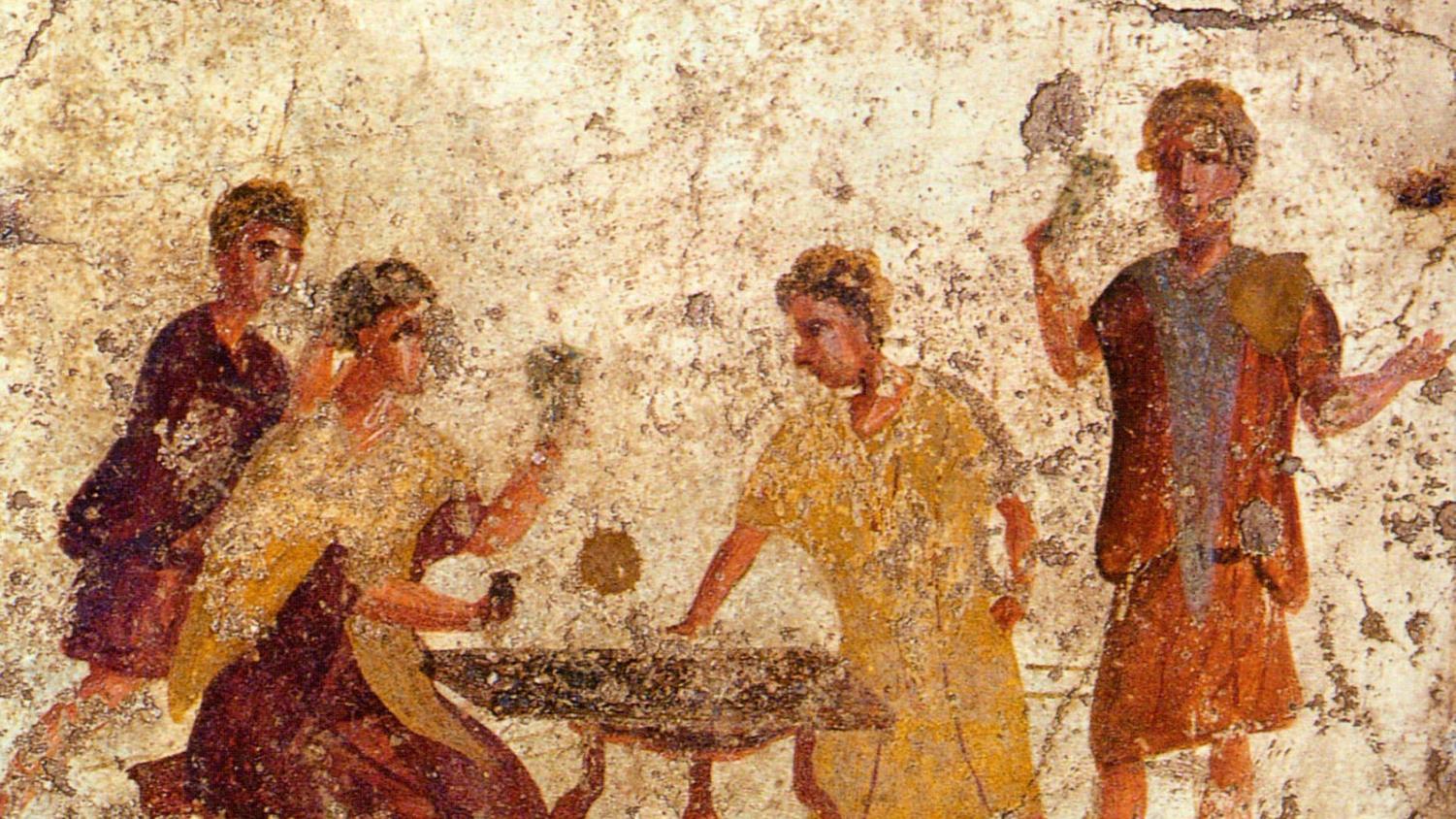The History of Christmas
Christmas: the holiday celebrated all around the world, known for gift-giving, hanging golden stars on trees, leaving stockings for Santa, and spending time with family and friends by the fireplace. But has it always been this way? In its many centuries of history, Christmas has gone through several major reforms and changes, even being banned briefly in Britain and the American colonies in the 1600s, before taking the form we recognize today.
Origins
First being known as the Feast of Nativity, Christmas began as a celebration of the birth of Jesus Christ. Christmas began being celebrated widely in the 4th century in the Roman Empire and quickly spread across the empire and the rest of Europe in the following centuries, having arrived in places as far from Rome as England and Scandinavia by the 800s. However, people in Europe already had several holidays in late December as part of their pre-existing religions: the Romans had Saturnalia, the Norse had Yule, and Germans had a pagan holiday in honor of the god Odin. Despite some uncertainty about Jesus Christ’s actual birthday, church leaders moved the official celebration of Jesus’s birth to December 25th in order to make the holiday -and Christianity itself- more appealing to possible converts. It appears to have worked: by the Middle Ages, Christianity had replaced many of Europe’s pagan religions, and Christianity had replaced many of the old pagan holidays.
Changes and Reforms
In the Middle Ages, Christmas was celebrated somewhat differently than it is today. Believers would attend church services on the morning of the 25th of December and then proceed to get drunk and party wildly the rest of the day. A local peasant would be appointed “Lord of Misrule”, in charge of overseeing the holiday festivities, including the drunken partying. Additionally, the poor of a region would visit the homes of the upper class of that region and demand their best food and drink, similar to the Roman custom of masters serving food to their slaves during Saturnalia. Gift-giving, Santa Claus, and holiday carols had not yet entered the tradition of the holiday, and during a religious split in England in the 1600s, Christmas was even outlawed in both Britain and some of its colonies by the Puritans, who had taken power at the time.
All of this would change, however. Christmas, along with its traditions of drunken partying and demanding of food from the upper class, was restored when Charles II ascended to the English throne, and the ban on Christmas in Boston was removed in 1681, and Christmas was declared an official federal holiday by the US government in 1870.
However, change in the holiday itself would not take place on a large scale until the early 19th century in America, where change in the meaning and traditions of Christmas was largely spurred by a writer named Washington Irving. In his book The Sketchbook of Geoffrey Crayon, published in 1819, Irving included a selection of short stories about how he believed Christmas ought to be celebrated: peacefully and kindly, with barriers such as social status no longer mattering, at least for the time being. Irving’s stories also included parts of old traditions such as the selection of the Lord of Misrule.
Around the same time, Charles Dickens published A Christmas Carol, which displayed Christmas as an opportunity to act with kindness and compassion towards other people, rather than a chance to drink copious amounts of alcohol and possibly destroy public property. These two works influenced the minds of the public and helped America build its own Christmas tradition of buying toys, decorating trees, wrapping presents, and sending out cards. As these customs were developing and growing more popular among the people, a historical figure named Saint Nicholas (known in Dutch and introduced to Americans as Sint Nikolaas or Sinter Klaas) was added to the mix. Saint Nicholas was a man born into a wealthy family in what is now Turkey and lived around 280 AD. He had spent his life traveling the region, giving away his inheritance money in order to help children, the poor, the sick, and sailors, becoming well-known as a protector figure as he did so.
Commercialization
As Christmas shifted from being primarily a holiday of partying and indulgence to being one of coziness and gift-giving, the amount of people buying gifts, especially toys for children, skyrocketed. Sales for objects such as christmas trees and cookies also increased dramatically. Sensing opportunities for profit, people and companies moved in on the holiday season market, beginning to mass-produce and sell things such as glass ornaments, christmas trees, and candy as early as the 1700s. The industrial revolution in the 1800s helped this process along, and by the 1900s, giants like Coca Cola were also getting involved, pushing their own wholesome version of Santa Claus (conspicuously holding a bottle of Coke in his hand) in their advertisements to the public.
Wrapping Up
From its beginning as a day of chaos and drunken partying to its modern form as a day of wholesomeness, kindness and warmth, Christmas has changed dramatically throughout its history. Starting in the Roman empire in the 4th century AD, Christmas quickly became one of the most celebrated holidays in Europe, spreading to the farthest corners of the continent by the 800s. However, the holiday itself remained mostly unchanged until the 1800s, when traditions gradually began shifting, and by the early 20th century, Christmas had completely shifted into its recognizable modern form.

